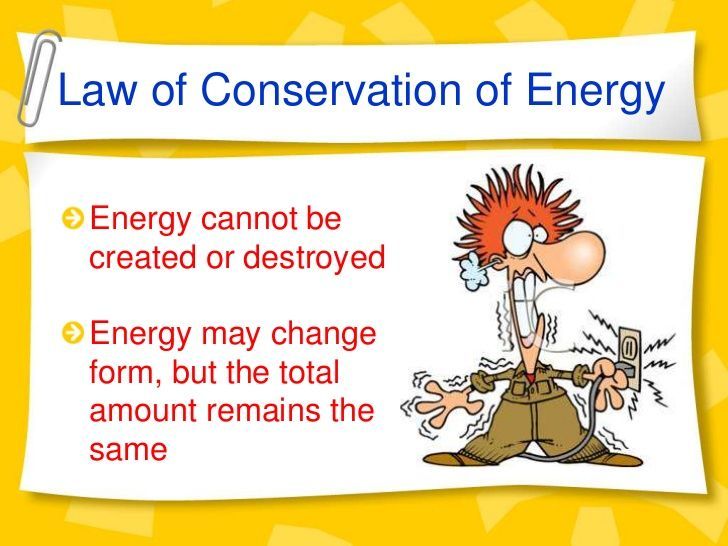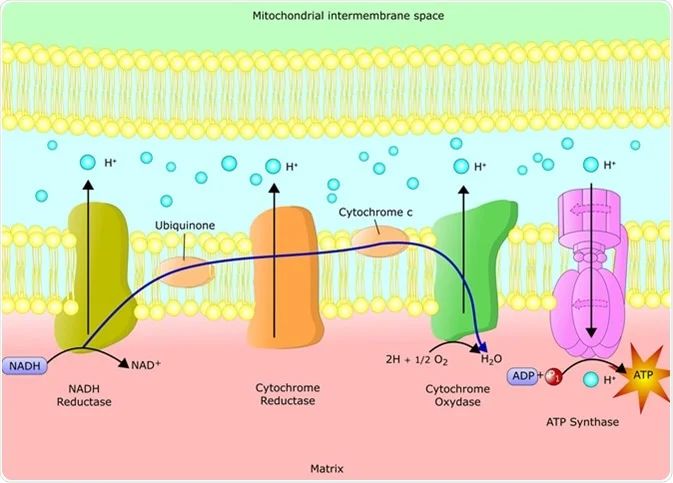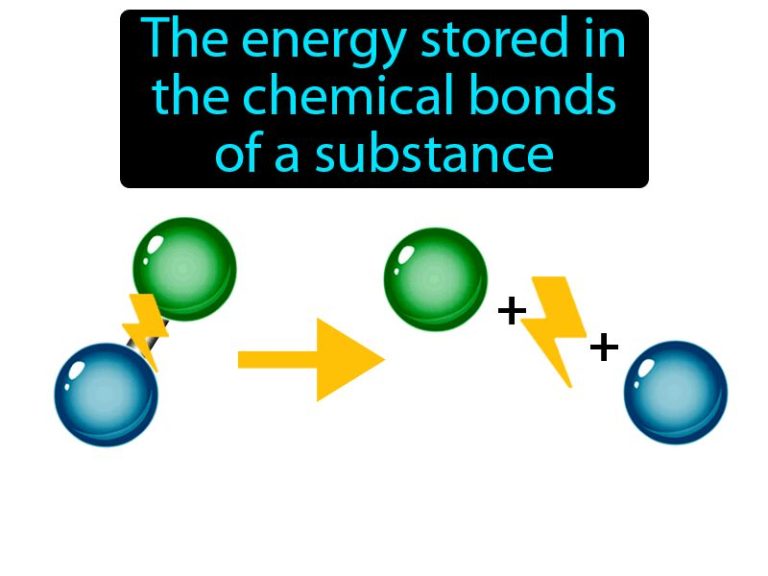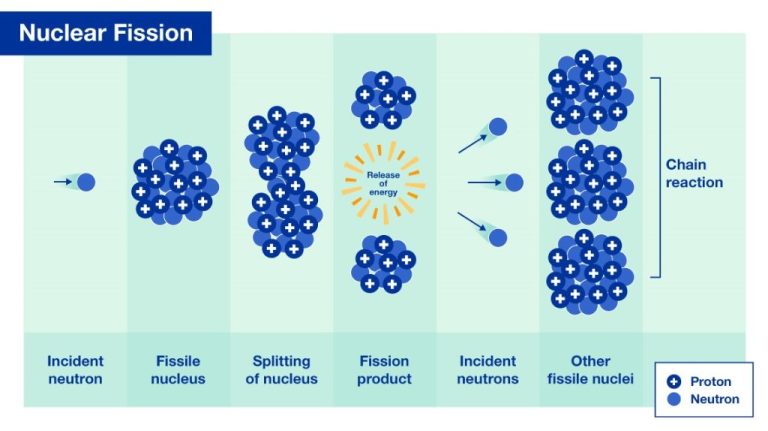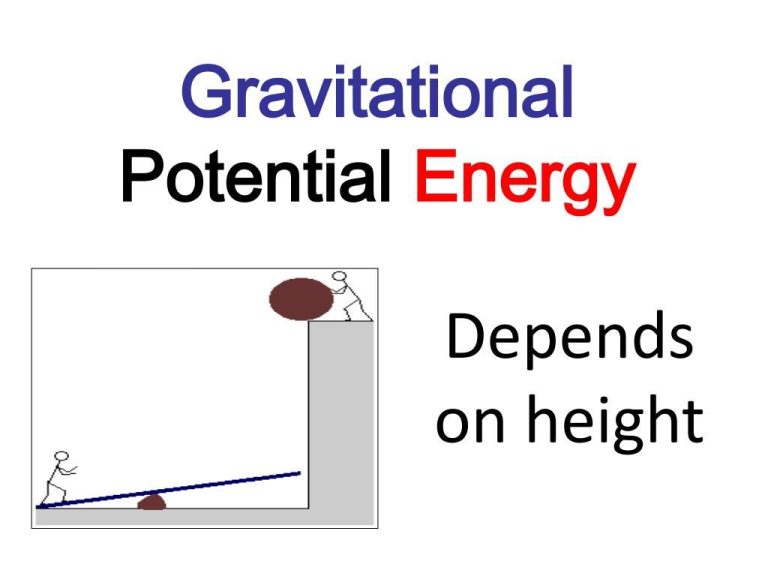Where Is Mechanical Energy Found?
Mechanical energy is the energy associated with the motion and position of an object. It is the energy that allows mechanical work to be done. Mechanical energy can exist in two main forms – kinetic energy and potential energy.
Kinetic energy is the energy possessed by a body due to its motion. The faster an object moves, the more kinetic energy it possesses. Potential energy is the stored energy an object has due to its position or shape. For example, a ball held at a height above the ground has potential energy due to gravity pulling it downwards.
Mechanical energy follows the law of conservation of energy and can be converted between kinetic and potential energy. For example, when you wind up a toy car, you add potential energy to its spring. As the car moves, the potential energy converts to kinetic energy.
Understanding mechanical energy is key to understanding how many machines and devices function in our everyday lives. From clocks to cars to rollercoasters, mechanical energy drives their motion and enables them to perform work.
Kinetic Energy
Kinetic energy is energy possessed by objects in motion. The kinetic energy of an object depends on its mass and velocity. The more massive an object is and the faster it moves, the more kinetic energy it possesses. Some examples of kinetic energy include:
- A moving vehicle
- Flowing water in a river or stream
- Wind
- A bouncing ball
- The motion of molecules (heat)
In physics, kinetic energy is calculated by the formula: KE = 1/2mv^2, where m is mass and v is velocity. This shows that kinetic energy increases exponentially with velocity. Kinetic energy is directly related to the movement of objects and is one of the two main forms of mechanical energy, with the other being potential energy.
Potential Energy
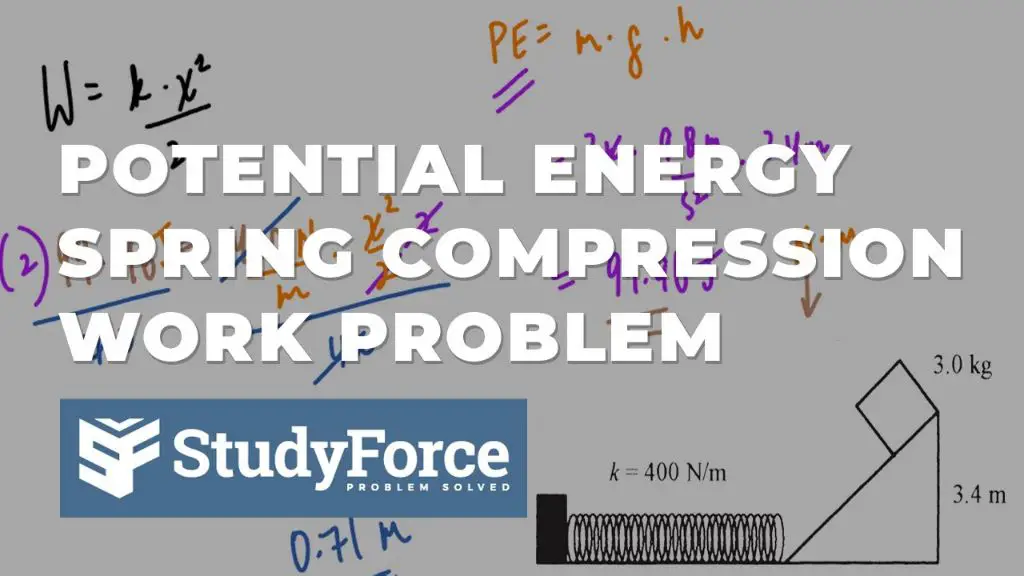
Potential energy is energy stored in objects due to their position or shape. For example, a ball held at a height above the ground has gravitational potential energy due to its elevated position. When released, this stored energy is converted into kinetic energy as the ball falls. Other examples of potential energy include:
- Compressed or stretched springs. The energy is stored in the compression or stretch of the spring.
- Water held behind a dam. The water’s elevated position represents stored gravitational energy.
- Chemical bonds. Energy is stored in the configuration of atoms and bonds.
Potential energy is not due to motion like kinetic energy. Instead, it arises from an object’s state. This stored energy can be converted into other forms for use. Understanding potential energy is key to fields like engineering and physics. It allows the design and analysis of systems that harness energy in various states.
Springs
Springs are a classic example of storing mechanical energy. When a spring is compressed or stretched from its natural relaxed state, it exerts an opposing force. This force multiplied by the distance the spring is displaced equals the mechanical energy that is stored.
For example, when you compress a spring in a toy pop gun, you are loading the spring with mechanical energy. When you release the spring, the stored energy is transferred into the kinetic energy that fires the toy dart or ball. The same principle applies when you stretch a slingshot or bow before firing a projectile.
Springs demonstrate Hooke’s law, which states that the force they exert is proportional to how much they are displaced from their relaxed length. So the more you compress or stretch a spring, the more mechanical energy you can store in it for later use.
Engineers often use springs to store energy in machines and mechanisms. Everything from clocks to vehicles utilize spring energy storage in their design and function.
Flywheels
Flywheels are mechanical devices that utilize rotational motion to store kinetic energy. They consist of a rotating mass, like a wheel or rotor, mounted on an axle. The wheel spins rapidly around the axle, and the flywheel’s moment of inertia allows it to maintain angular momentum and resist changes in rotational speed.
As external torque is applied to accelerate the flywheel, its rotational kinetic energy increases proportionally to the square of its rotational speed. Energy is transferred into the flywheel system during the acceleration phase. When the flywheel releases energy, its rotational speed decreases as the stored kinetic energy is discharged. Flywheels are designed to minimize friction to enable storage of energy over time with minimal losses.
Flywheels are often used in engine applications like internal combustion engines, to keep rotational motion and momentum between power strokes. They help overcome dead spots and allow the engine to store energy momentarily that can be released for the next cycle. Flywheels can also provide backup power in case of engine failure, allowing systems to continue operating temporarily.
Weights
One way that mechanical energy can be found is in the form of gravitational potential energy stored in weights. When an object with mass, like a weight or other heavy object, is lifted upwards, it gains gravitational potential energy. This energy is equal to the weight of the object multiplied by the height it is lifted. The higher the weight is lifted, the more gravitational potential energy it stores.
This gravitational potential energy can then be converted into kinetic energy as the weight falls back downwards. The force of gravity accelerates the weight downwards, increasing its velocity and kinetic energy. Just before the weight hits the ground, all of its gravitational potential energy will have been converted into kinetic energy.
Weights lifted to high points are often used to store energy this way. The energy can then be released and harnessed later on when needed. For example, clocks and jack-in-the-boxes use lifted weights to store energy which is then released gradually to power the mechanism.
Hydropower
Hydropower is a major source of renewable energy that converts the potential energy of falling or fast-flowing water into electricity. The most common type of hydroelectric power plant uses a dam on a river to store water in a reservoir. When the water is released from the reservoir, it flows through turbines, causing them to spin. This turbine motion creates electricity.
The amount of available energy in moving water is determined by its flow rate and the fall of water. Therefore, the most productive hydropower sites have a large flow of water descending rapidly. The force of falling water is able to generate substantial amounts of energy because water is much denser than air. According to the U.S. Geological Survey, hydropower provides around 7% of the total energy used in the United States and nearly 40% of the total renewable energy. Globally, hydropower accounts for almost 17% of total electricity production.
While hydropower has some environmental impacts from damming rivers, it produces renewable electricity without emitting greenhouse gases. Most hydroelectric plants are located in remote areas and supply energy to large populations far away via transmission lines. Advances in turbine technology may allow more electricity generation from smaller dams that do not completely block rivers.
Wind Power
Wind power harness the kinetic energy of wind and converts it into electricity. Wind turbines are essentially giant propellers that capture the wind to spin a generator and create electrical current. The wind causes the turbine blades to rotate, which turns a shaft connected to a generator to produce electricity. Wind turbines can range in size from small rooftop or backyard models to massive utility-scale turbines over 400 feet tall. Large wind farms consist of many individual wind turbines that are connected to the electrical grid to distribute the generated electricity. The amount of power generated depends on the turbine size and wind speed. Faster wind speeds contain more kinetic energy to convert into electricity. Wind power is considered a renewable and clean energy source since wind is free and available in abundance in certain areas. Utilizing wind power reduces reliance on finite fossil fuels.
Gasoline
Gasoline, a type of fossil fuel and petrochemical, contains vast amounts of stored chemical potential energy. When burned in an internal combustion engine, the chemical energy in gasoline is converted into heat energy. This heat causes the gasoline vapors to rapidly expand, which builds up pressure that gets converted into kinetic energy to move the pistons. The piston’s kinetic energy gets transferred through the crankshaft, turning the wheels of the vehicle. An automobile gasoline engine is approximately 25% efficient in converting the chemical potential energy stored in gasoline into kinetic energy. This makes gasoline a highly concentrated, powerful source of energy that’s easily transported and stored. The potential energy in a single gallon of gasoline, if fully converted, could power a typical car for over 30 miles.
Conclusion
In summary, mechanical energy comes in two main forms: kinetic energy and potential energy. Kinetic energy is the energy of motion and is found in things like moving vehicles, spinning flywheels, flowing water, and wind. Potential energy is stored energy that comes from an object’s position or shape. Springs, raised weights, and reservoirs of water all contain potential energy that can be released. This potential energy can be converted into kinetic energy – for example, when a compressed spring is released, the energy stored in the spring is converted into the kinetic energy of motion as the spring expands. Hydropower and wind power are examples of converting the kinetic energy of moving water or air into electrical energy. Internal combustion engines convert the potential chemical energy stored in gasoline into kinetic energy to drive wheels and motors. Understanding how to harness mechanical energy allows us to perform useful work across countless applications.

